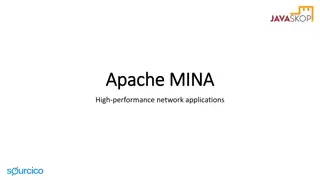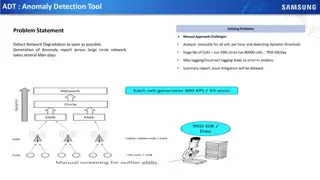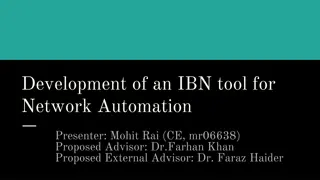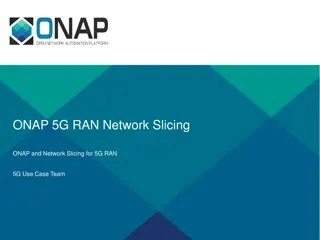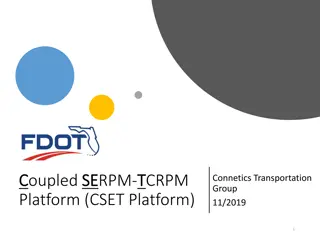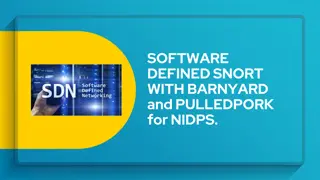
Understanding HTCondor Networking Concepts and Best Practices
Explore the world of HTCondor networking concepts through informative images covering topics such as fairy-tale networking, IPv6 integration, firewalled environments, shared port solutions, and more. Get insights on asking the right questions, working in a fairy tale setup, and addressing common networking challenges like firewall configurations and TCP port limitations.
Download Presentation

Please find below an Image/Link to download the presentation.
The content on the website is provided AS IS for your information and personal use only. It may not be sold, licensed, or shared on other websites without obtaining consent from the author. If you encounter any issues during the download, it is possible that the publisher has removed the file from their server.
You are allowed to download the files provided on this website for personal or commercial use, subject to the condition that they are used lawfully. All files are the property of their respective owners.
The content on the website is provided AS IS for your information and personal use only. It may not be sold, licensed, or shared on other websites without obtaining consent from the author.
E N D
Presentation Transcript
HTCondor Networking Concepts
Disclaimers Not about configuration macros Not about host or daemon lookups Not about HTCondor internals 2
Asking the Right Questions There will be a quiz at the end Start by reviewing fairy-tale networking then add IPv6 then add schedd firewalls then add startd firewalls End by passing the quiz (open-manual) 3
Fairy-tale Networking Single network protocol All addresses publically routable No firewalls Fewer than ~25k simultaneous running jobs 4
Working in a Fairy Tale negotiator collector schedd shadow* startd starter* * One shadow, starter per running job 5
IPv6 negotiator collector schedd shadow startd starter IPv4 IPv6 6
IPv6 + IPv4 negotiator collector schedd shadow startd starter startd starter IPv4 IPv6 7
Shared Port Problem: Firewall Admin willing to open only one port Problem: only ~60k TCP ports Need one per shadow Shared Port Service Listens on single port for incoming connections Hands each connection to intended recipient 8
Shared Port Fire wall schedd startd shared_port Internet starter 9
Firewalled Submit Node negotiator collector schedd Wall startd starter shared port shadow Fire 10
TCP Forwarding Host Problem: Private network with NAT Traverse firewall via port forwarding Allocate a public IP address Connections to public address forwarded by NAT to machine on private network Common in the Cloud 11
Condor Connection Broker Problem: Private network with NAT Or firewall with no opening for HTCondor Traverse firewall by reversing connection Client sends connection request via broker Server initiates TCP connection to client Only bypasses one firewall Client and broker (CCB server) must have publically routable addresses 12
CCB: Condor Connection Broker CCB Outbound firewall schedd startd Internet schedd 13
NATd Execute Nodes negotiator collector/CCB schedd Wall NAT shared port shadow Fire startd starter 14
Port Usage (Digression) Shadow for each running job In fairy-tale setup Each shadow uses two ports Limit of ~25k running jobs With shared port and CCB Shadow use no ports No network limit on number of running jobs 15
Quiz 1. Why do schedds and central managers need to be mixed-mode in a pool split between IPv4 and IPv6 nodes? 2. Why use CCB on execute nodes? 3. Why use both CCB and shared port? 4. If both the schedd and the execute nodes are NATd, what do you do? 16
Answer 1 Why do schedds and central managers need to be mixed-mode in a pool split between IPv4 and IPv6 nodes? They need to be able to talk to all execute nodes 17
Answer 2 Why use CCB on execute nodes (and not submit nodes)? Easier to make submit nodes publically accessible (fewer of them) 18
Answer 3 Why use both CCB and shared port? Can t use CCB for both schedd and startd No ports used for shadow, so no limit on number of running jobs 19
Answer 4 If both the schedd and the execute nodes are NATd, what do you do? If same NAT, no problem TCP Forwarding Host for schedd 20

